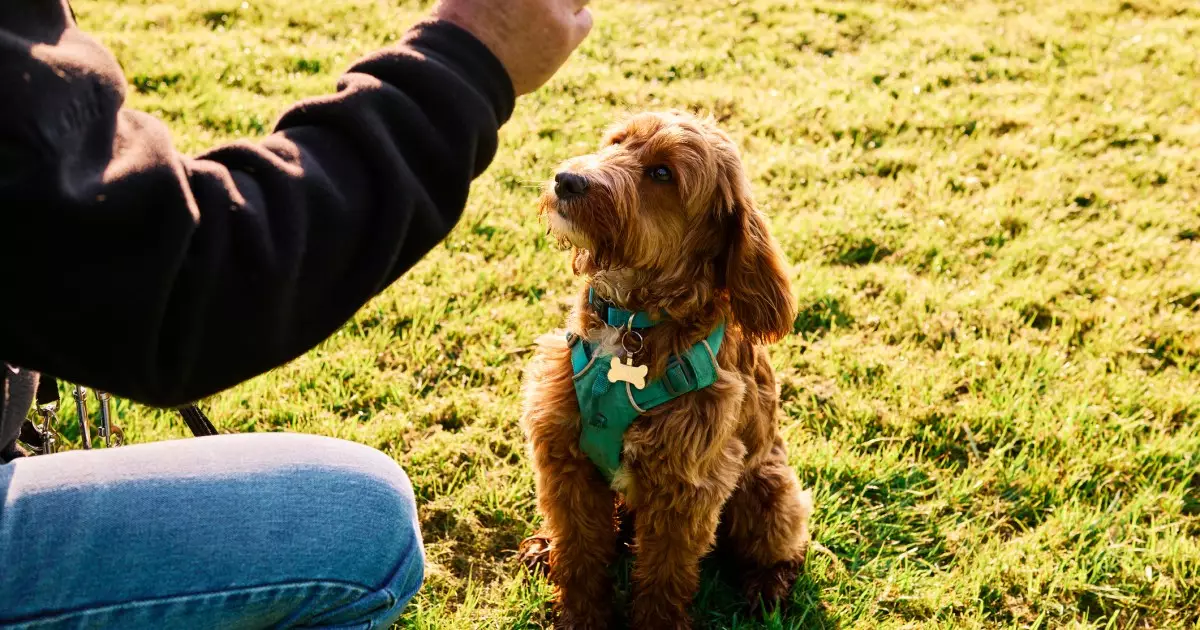Adopting a deaf dog can be a life-changing experience, both for the pet and the owner. Contrary to common misconceptions, deaf dogs are not inherently challenging to train; instead, they boast unique qualities that make them equally delightful companions. Dogs primarily rely on body language and their keen sense of smell to communicate and perceive their environment. For many dogs, vocalizations, while essential, are supplementary to their interaction with owners and other animals. Thus, the absence of hearing does not equate to a lack of ability to engage meaningfully with their surroundings.
When it comes to training a deaf dog, owners must adapt their methods to utilize visual signals rather than verbal commands. Rather than relying on spoken cues, effective training hinges on clarity in body language and precise hand signals. This necessitates a shift in the approach to communication, emphasizing consistency and understanding. Employing rewards like treats or affection reinforces desired behaviors, enabling the deaf dog to learn effectively. To those unfamiliar with training deaf animals, professional guidance can be invaluable. An experienced trainer can provide insights tailored to visual communication, ensuring the training process is both efficient and enjoyable.
A well-structured approach to training is crucial for any dog, including those who are deaf. It’s important to maintain the same behavioral standards for a deaf dog as one would for any other pet. Many prospective owners may feel inclined to lower their expectations out of pity for the dog’s condition, but this can be counterproductive. Training fosters a sense of security and purpose, making a dog feel happier and more accomplished. Inconsistent rules can lead to behavioral issues, undermining the bond between the dog and its owner. Establishing clear expectations creates a stable environment, allowing the dog to thrive and learn effectively.
Investing time to understand the unique needs of a deaf dog will foster a deeper bond between the pet and its new family. Engaging them through playful activities, framed with visual cues, allows for the development of trust and patience. Activities such as fetch or hide-and-seek can be adapted to cater to how they process information. Visual signaling like waving arms or shining lights can enhance engagement while strengthening the relationship.
The Beautiful Bond: Companionship Beyond Sound
Deaf dogs are just as capable of forming loving attachments as their hearing counterparts. They often develop heightened sensitivities to visual and tactile signals from their owners. The journey of adopting and training a deaf dog is filled with enriching experiences that challenge stereotypes about disabilities. With dedication and understanding, new owners will find that their deaf companion can be just as fulfilling, loyal, and vibrant as any other dog, forming a lifelong bond brimming with mutual affection and joy. So, when considering adoption, know that a deaf dog can be an incredible addition to your family, enriching your life in ways you may have never imagined.

